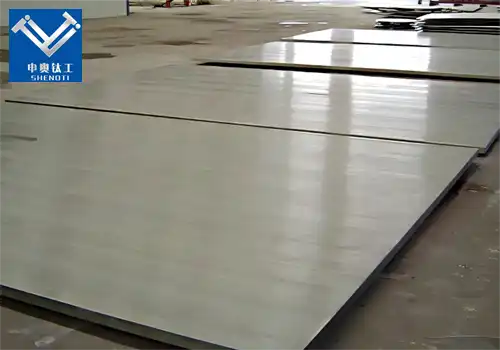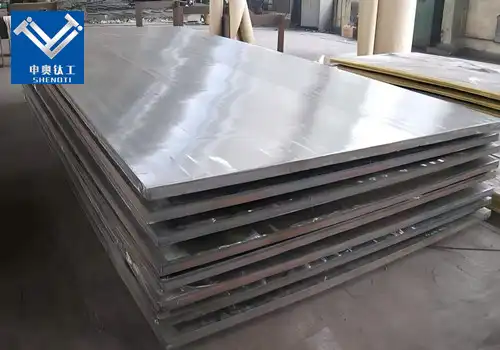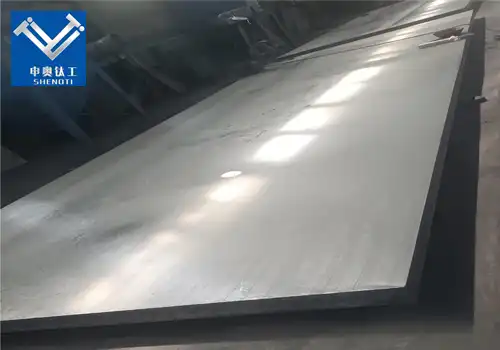
What Industries Are Niobium Copper Composite Plates Mainly Used In?
2025-04-24 08:29:23
Niobium copper composite plates, also known as niobium clad plates, are advanced materials that combine the unique properties of niobium and copper. These composites offer exceptional thermal and electrical conductivity, corrosion resistance, and mechanical strength, making them suitable for various high-performance applications.
What Are the Advantages of Niobium Clad Plates?
Niobium clad plates offer a range of benefits due to the synergistic properties of niobium and copper:
High Thermal and Electrical Conductivity: Copper provides excellent thermal and electrical conductivity, essential for applications requiring efficient heat and electrical transfer.
Corrosion Resistance: Niobium's resistance to corrosion, especially in acidic environments, extends the lifespan of components in harsh conditions.
Mechanical Strength: The combination of niobium's strength and copper's ductility results in a composite with superior mechanical properties.
Biocompatibility: Niobium's biocompatibility makes these composites suitable for medical applications, such as implants and surgical instruments.
Radiation Resistance: Niobium's low neutron absorption cross-section is advantageous in nuclear applications, where radiation resistance is crucial.
These advantages make niobium clad plates ideal for industries that demand materials with high performance under extreme conditions.
How Are Niobium Copper Composite Plates Manufactured?
The manufacturing of niobium copper composite plates involves several sophisticated processes to ensure a strong bond between the two metals:
Explosive Cladding: This method uses controlled explosive energy to bond niobium and copper plates. The high-velocity impact creates a metallurgical bond without melting the metals, preserving their properties.
Hot Rolling: In this process, niobium and copper layers are heated and rolled together, promoting diffusion bonding at the interface.
Spark Plasma Sintering (SPS): SPS involves applying pressure and a pulsed electric current to sinter powdered niobium and copper, resulting in a dense composite with fine microstructure.
Vacuum Brazing: This technique uses a filler metal to join niobium and copper in a vacuum environment, minimizing oxidation and contamination.
Each method has its advantages and is chosen based on the desired properties and application of the final product.
What Is the Cost of Niobium Copper Composite Plates?
The cost of niobium copper composite plates is influenced by several factors:
Material Costs: Niobium is a rare and expensive metal, contributing significantly to the overall cost.
Manufacturing Complexity: Advanced bonding techniques and quality control measures increase production costs.
Customization: Tailoring the composite's properties for specific applications can add to the expense.
Market Demand: Fluctuations in demand across industries can impact pricing.
Despite the higher cost, the superior performance and longevity of niobium copper composite plates often justify the investment, especially in critical applications where material failure is not an option.
Contact Us
For more information on niobium copper composite plates and how they can benefit your applications, please contact us:
Email: zh@baojiti.com.cn
Our team of experts is ready to assist you with your material needs and provide customized solutions to meet your specific requirements.















